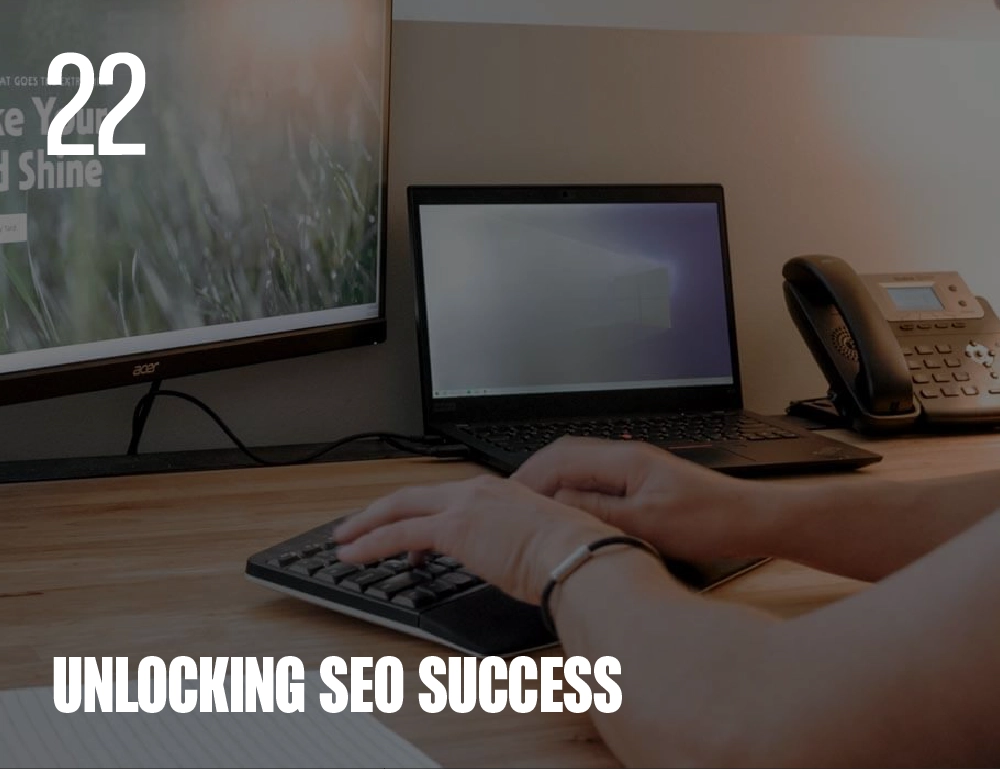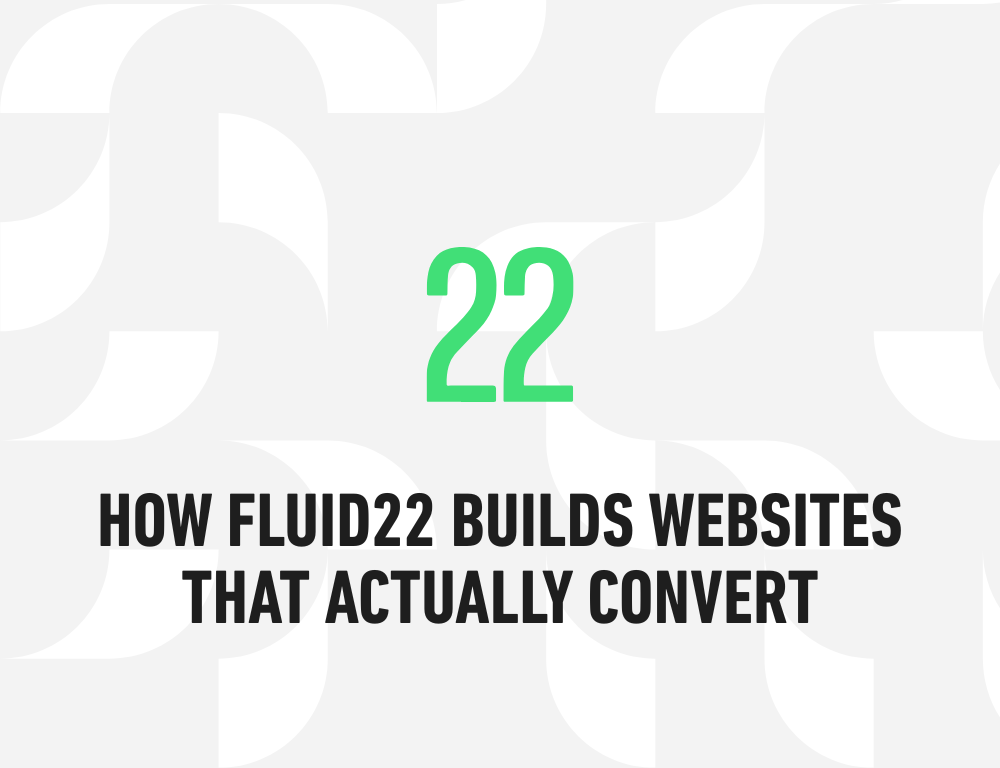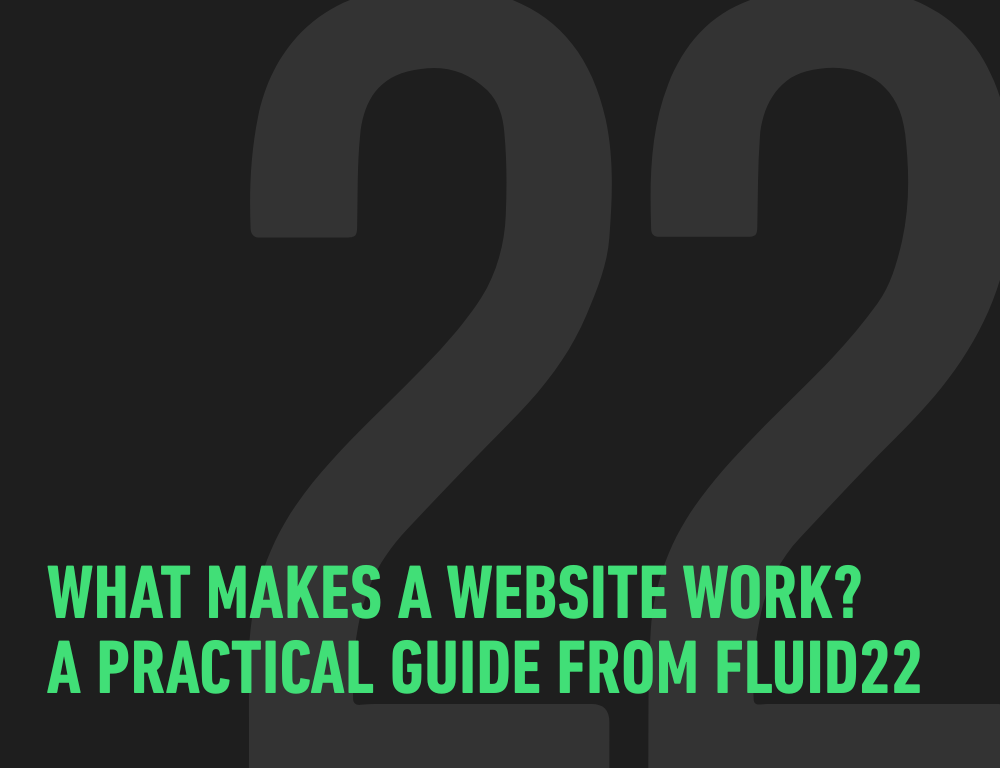The Power of Internal Linking in Website Design
In the ever-evolving digital landscape, having a well-designed website is just the first step toward online success. To truly shine in the competitive realm of digital marketing, you need to harness the power of SEO (Search Engine Optimization). One of the most effective and often overlooked strategies within the realm of SEO is internal linking. If you’re a business owner looking to boost your website’s SEO game, dive in with us as we explore the world of internal linking and how it can elevate your online presence.
Before we delve into the intricacies of internal linking, let’s start with some surprising statistics about its impact on page rank:
- According to Moz, pages with more internal links tend to rank higher on search engine results pages (SERPs). In fact, Moz’s data shows that pages with over 100 internal links can rank significantly higher than those with fewer internal links.
- HubSpot’s research reveals that businesses with a solid internal linking strategy experience a 350% increase in revenue compared to those without.
Now that we have your attention, let’s explore how internal linking can work wonders for your website’s SEO.
Understanding Internal Linking
Internal linking is the practice of adding hyperlinks within your website’s content that connect to other pages on the same website. These links guide users to related or relevant content, creating a network of interconnected pages. While this may seem like a minor detail, it plays a vital role in improving your website’s SEO and user experience.
The SEO Benefits of Internal Linking
Internal linking isn’t just about creating a web of connections within your website; it offers a multitude of SEO advantages that can boost your website’s visibility and authority.
1. Enhanced User Experience
Internal links guide users to additional relevant content, keeping them engaged and exploring your website further. This improved user experience can lead to longer session durations and decreased bounce rates, signaling to search engines that your site provides valuable content.
2. Improved Indexing
Search engine crawlers use internal links to discover and index new content on your website. When you link to new or less visible pages, you ensure that search engines find and include them in search results.
3. Page Authority Distribution
Internal linking allows you to distribute the authority and ranking power of one page to others. When you link from a high-authority page to a lower-ranking one, you can boost the latter’s chances of ranking higher.
4. Keyword Optimization
Strategic internal linking enables you to use anchor text (the clickable text in a hyperlink) that includes target keywords. This can signal to search engines the relevance and topic of the linked page, potentially improving its ranking for those keywords.
How to Implement Effective Internal Linking
Now that we’ve covered the “what” and “why” of internal linking, let’s dive into the “how.” Here’s a step-by-step guide to help you set up internal links on your website:
1. Identify Relevant Anchor Text
Start by identifying the keywords or phrases that you want to rank for in search engines. These will serve as your anchor text, so choose them wisely.
2. Find Relevant Pages
Identify pages on your website that are relevant to the anchor text you’ve chosen. These pages should provide valuable content related to the keywords.
3. Insert Hyperlinks
Within your content, insert hyperlinks using the chosen anchor text. Ensure that the linked pages provide additional information or value to the reader.
4. Use Descriptive Anchor Text
Make sure your anchor text is descriptive and provides context about the linked page. Avoid generic phrases like “click here.”
5. Regularly Audit and Update
Periodically review your internal links to ensure they remain relevant and functional. As your website grows and content changes, update your internal linking strategy accordingly.
In Conclusion
Internal linking is a powerful and often underestimated tool in the world of SEO. By strategically connecting pages within your website, you can enhance the user experience, improve search engine indexing, and boost your rankings. It’s a cost-effective and accessible strategy that can yield significant results for your online presence.
As a business owner, you have the opportunity to take control of your website’s SEO and drive organic traffic. So, are you ready to unlock the potential of internal linking for your website?
Incorporating internal links into your website’s content may seem like a small change, but it can lead to significant improvements in SEO performance and user engagement. Start today and watch your website climb the ranks in search engine results.
Now, it’s your turn: Have you tried internal linking on your website? What results have you seen, and do you have any questions about implementing this strategy effectively? Share your experiences and join the conversation!
Engage, explore, and excel with Fluid22










